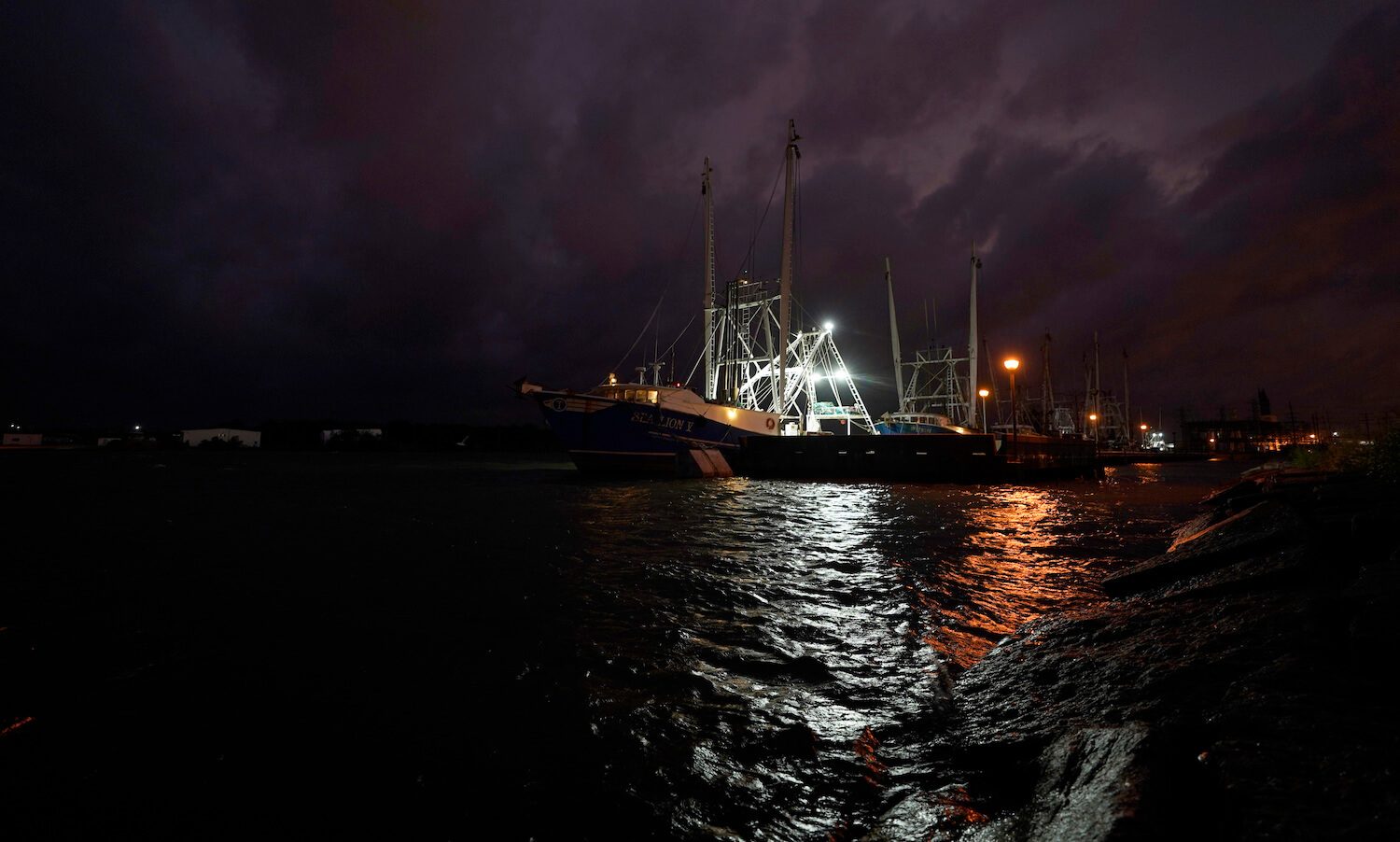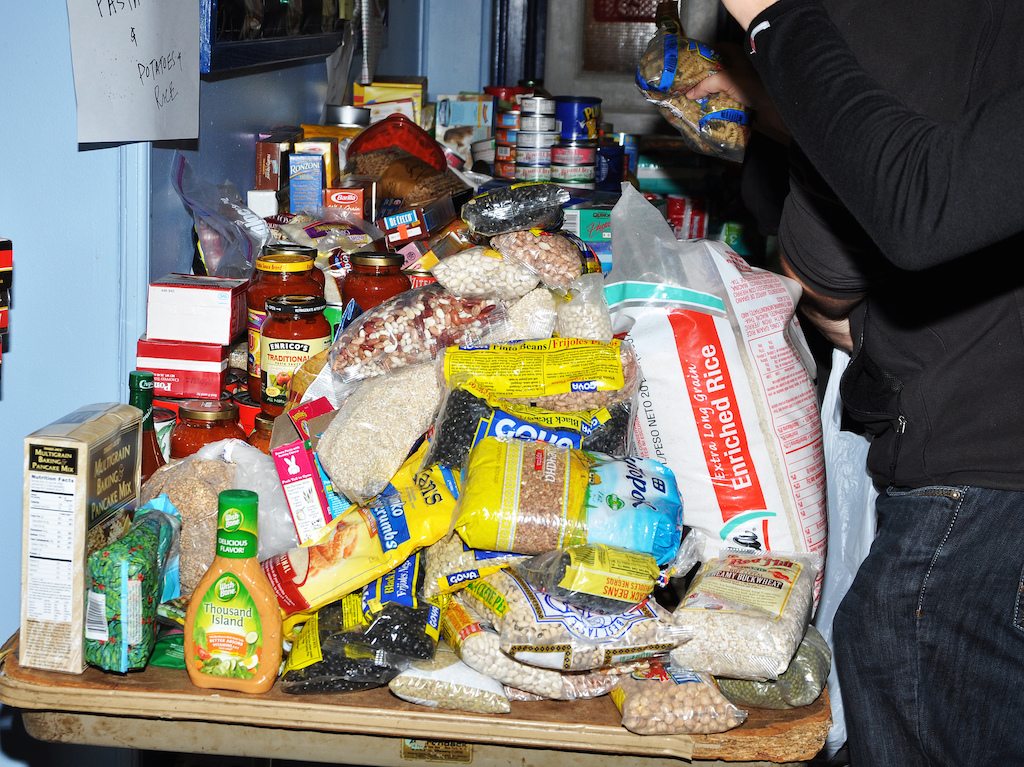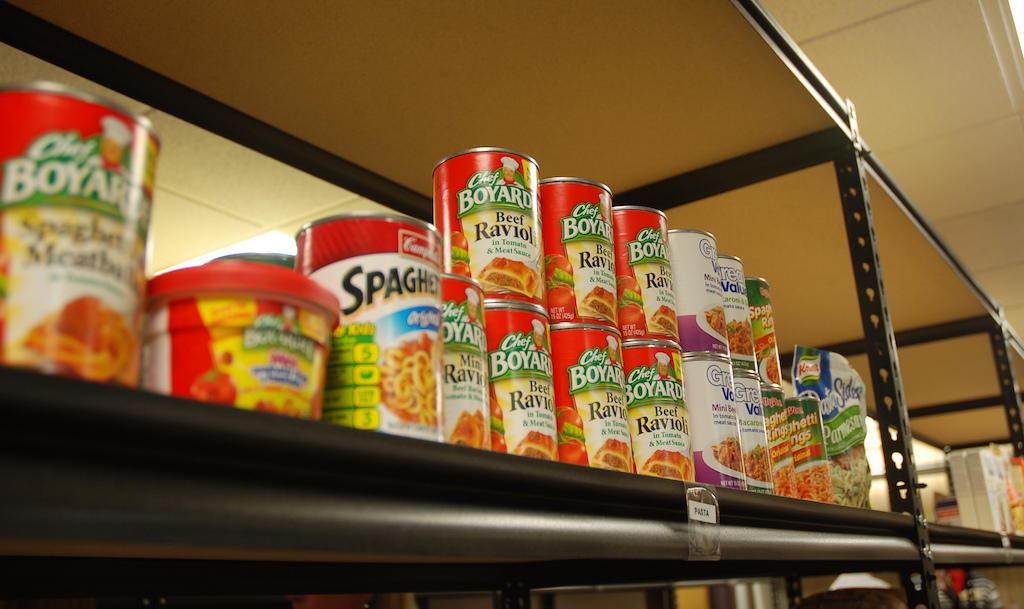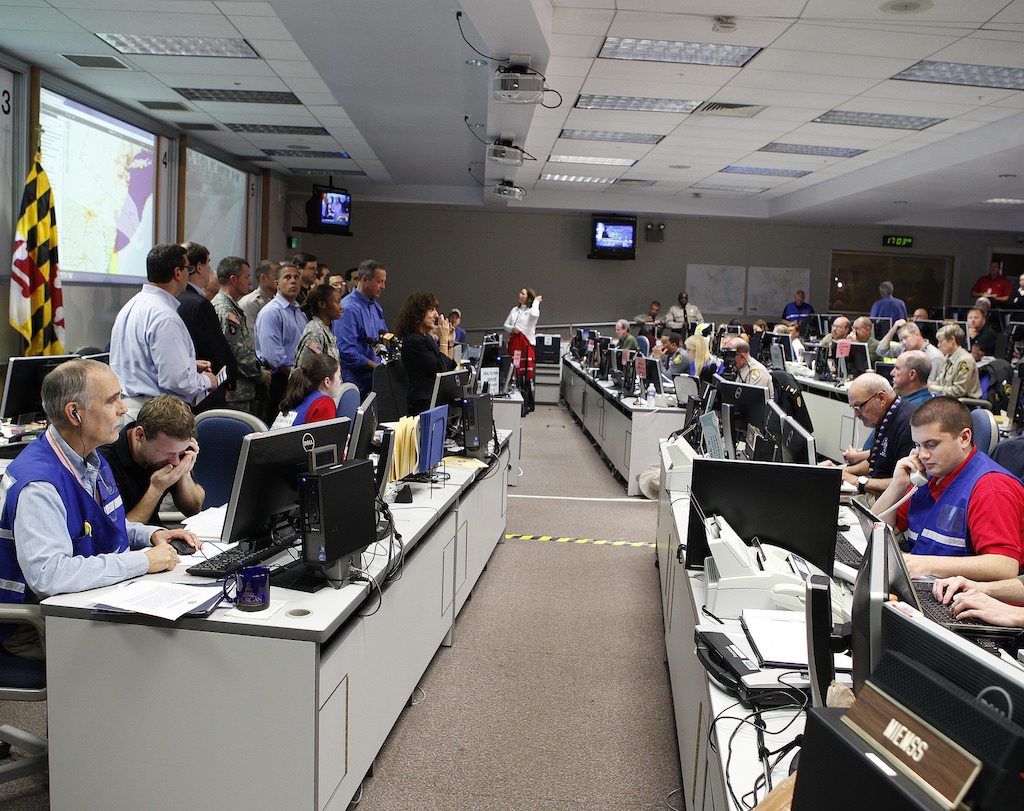The Category 4 storm is making landfall just days before the 15th anniversary of Hurricane Katrina’s descent on New Orleans. It’ll collide with multiple food and agriculture industries.
Pictured above, crew members of a shrimp boat called the Sea Lion V prepare as they wait for Hurricane Laura to make landfall, Wednesday, Aug. 26, 2020, in Port Arthur, Texas.
The coasts of Texas and Louisiana are bracing for the arrival of Hurricane Laura late on Wednesday night or early Thursday morning, a storm that’s projected to make landfall between Houston and Lake Charles as a Category 4 hurricane.
Laura could bring with it storm surge of up 20 feet, meaning the threat of flooding for communities as far as 40 miles inland. Officials across Texas are scrambling to free up hotel rooms so that evacuees can shelter in place with minimal risk of contracting Covid-19.
“You do everything you can, because what we’d like to do, when it’s over, is get back to business.”
Farmers in the region have been preparing for the storm by harvesting rice through the night and moving livestock to higher ground. The Louisiana Farm Bureau has established a hay clearinghouse that will be able to connect ranchers whose cattle are displaced by the storm to farmers who have extra land and hay. Crawfish farmers say they are concerned that prolonged flooding might impact the females’ ability to reproduce.
Louisiana sugarcane farmers, meanwhile, face potential storm damage from flooding. The state is the second-largest producer in the country, with nearly 500,000 acres already planted this season. Texas and Arkansas cotton growers may face risks as well, Bloomberg reports.
Hurricane Laura is projected to make landfall just days before the country marks the 15-year-anniversary of Hurricane Katrina, which made landfall off the coast of Louisiana on August 29, 2005. One month later, in late September, Hurricane Rita targeted the Louisiana coast, and destroyed the commercial fishing industry in Cameron, Louisiana, then the sixth-largest in the nation.
In 2008, Hurricane Ike blew “everything” off the walls of a 65-foot fish house owned by Buddy Guindon, a commercial fisherman in Galveston, Texas. In the days after, he said, he found equipment and inventory three or four blocks away.
Galveston is currently under an evacuation order and Guindon said he prepared for what he expects will be 50-mile-an-hour winds and a 7-foot storm surge by packing in ice around 12,000 pounds of fresh snapper and grouper and 6,000 pounds of shrimp in refrigerated trucks and moving some of the fish to higher shelves in his re-built shed. Guindon said he hopes to complete a Houston-bound delivery on Thursday.
“The report is, it’s going to stay east of us, and everything’s going to be good, but you can’t take that chance,” Guindon said. “You do everything you can, because what we’d like to do, when it’s over, is get back to business.”
Hurricane Laura’s timing is bad for commercial fishers, said Andrea Hance, executive director of the Texas Shrimp Association: it’s arriving both the end of a fishing cycle, and on the heels of economic devastation wrought by the Covid-19 pandemic.
“I’m scared to death that our prices will continue to fall.”
Texas opened its commercial Gulf shrimp season on July 15, and because most boats stay on the water for 30 to 45 days, many are now on their way back to port, some carrying over 30,000 pounds of shrimp, she said. Wild-caught shrimp are not insurable, Hance said, which means a commercial fisher caught in the storm could lose $100,000 in shrimp, per boat.
“I can’t even imagine somebody trying to tie a boat up in the path of the hurricane,” Hance said, and expected that many would instead head south, away from Galveston and Port Arthur.
On average, Texas commercial fishers bring in between 40 and 50 million pounds of shrimp annually, second only to Louisiana, said Hance. Around 60 percent of that shrimp is sold to restaurants. During the pandemic, as those customers dwindled, Hance said she estimates that prices fell by as much as 40 percent—from around $5 per pound in years prior to roughly $3 today. That could worsen, she added.
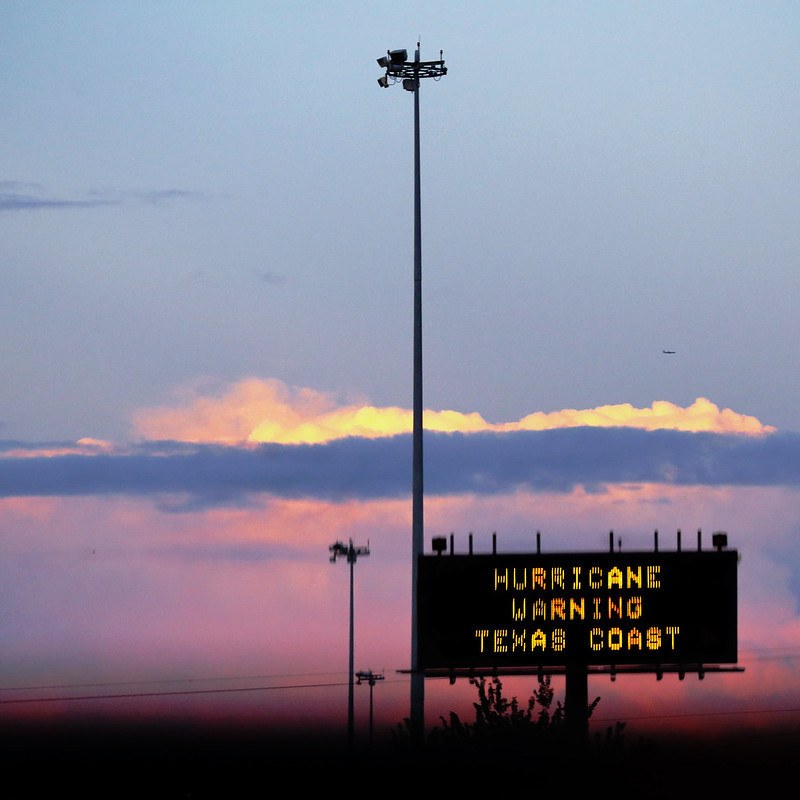
“I’m scared we haven’t seen the full brunt to the industry, moving forward,” she said. “I’m scared to death that our prices will continue to fall.”
Another concern in Texas and Louisiana, as communities prepare for an encounter with the storm: hunger. Both states have higher rates of food insecurity, 14 and 15.8 percent, than the national average of 11 percent, USDA’s Economic Research Service (ERS) reported last year. As we know, access to food banks and pantries can be threatened by natural disasters, and that’s a food-assistance infrastructure that’s already been forced to adapt to another historically disastrous human tragedy in 2020.
“After these hurricanes down here, [food availability] can be a problem,” said Sylvia Poimboeuf, co-director of the Faith & Friends Food Pantry in Lake Charles, Louisiana. She estimates that the pantry serves approximately 400 to 500 families a month.
Poimboeuf and her husband have operated the pantry out of an old school house for a decade, and their facility isn’t equipped with a power generator. She told The Counter that she has produce stored in refrigerators and dairy and eggs in the freezer. If the power goes out, a lot of that food will have to be be thrown away (perishables have a very short food-safety window.) As Wednesday afternoon, Poimboeuf said she planned to head out and check on the state of the facility on Thursday—that is, if the roads are accessible and the wind isn’t too strong.
The food pantry’s supplies come from a combination of food purchased from the Second Harvest Food Bank, supplemented by purchases from supermarkets. Right now, Poimboeuf is just hoping that her most recent order from Second Harvest went through, so that families will have something to pick up next week. The pandemic has led to shortages of canned goods, Poimboeuf said, and there’s a chance that the storm will make shelf-stable foods even more difficult to access.
In Galveston, Texas, The Counter reached Julie Morreale, development coordinator for the Galveston County Food Bank, just as she was preparing to leave the office in advance of the storm. Morreale said that the food bank’s partners had cancelled their scheduled food distribution events from Tuesday through Thursday of this week as a safety precaution for both clients and volunteers.
“At this point, unless that storm turns, we will start on Friday and just be able to move forward and not lose a beat.”
Morreale said she was less worried about the storm’s potential to disrupt the food bank’s operations. The facility has backup generators should there be any outages. Its staffers had also pre-emptively loaded delivery trucks with water that they’d be prepared to distribute to the greater community.
Nonetheless, the impending storm had temporarily disrupted the flow of food into the Galveston County Food Bank, because it is a regional node that relies on distribution from the larger Houston Food Bank nearby, Morreale said. Due to evacuation orders, deliveries are now on pause, though there’s food in storage that she expects to tide the organization over for the next few days.
“We have produce, and we have full warehouses of canned goods and cleaning supplies and water. But we can’t bring anything else in until next week,” she said.
Morreale was optimistic that the food bank and its partners’ distribution efforts would resume as soon as the end of this week.
“At this point, unless that storm turns, we will start on Friday and just be able to move forward and not lose a beat,” she said. “We’ll be here for everybody that evacuated and we’ll be here for them as they come back.”
Correction: This story initially stated Hurricane Rita was in 2006, a year after Hurricane Katrina. It was actually one month later, in September 2005.
This is a developing story. We will keep readers updated as the situation progresses. The Counter’s reporting fellow Anya Schulz contributed to this story.
